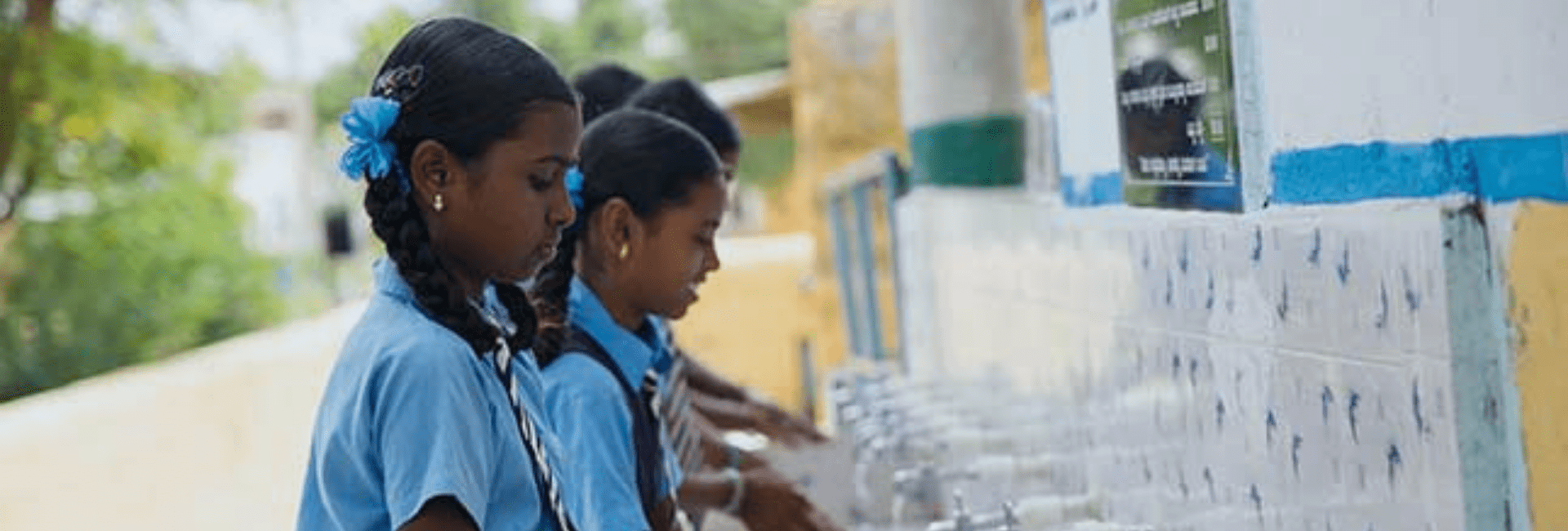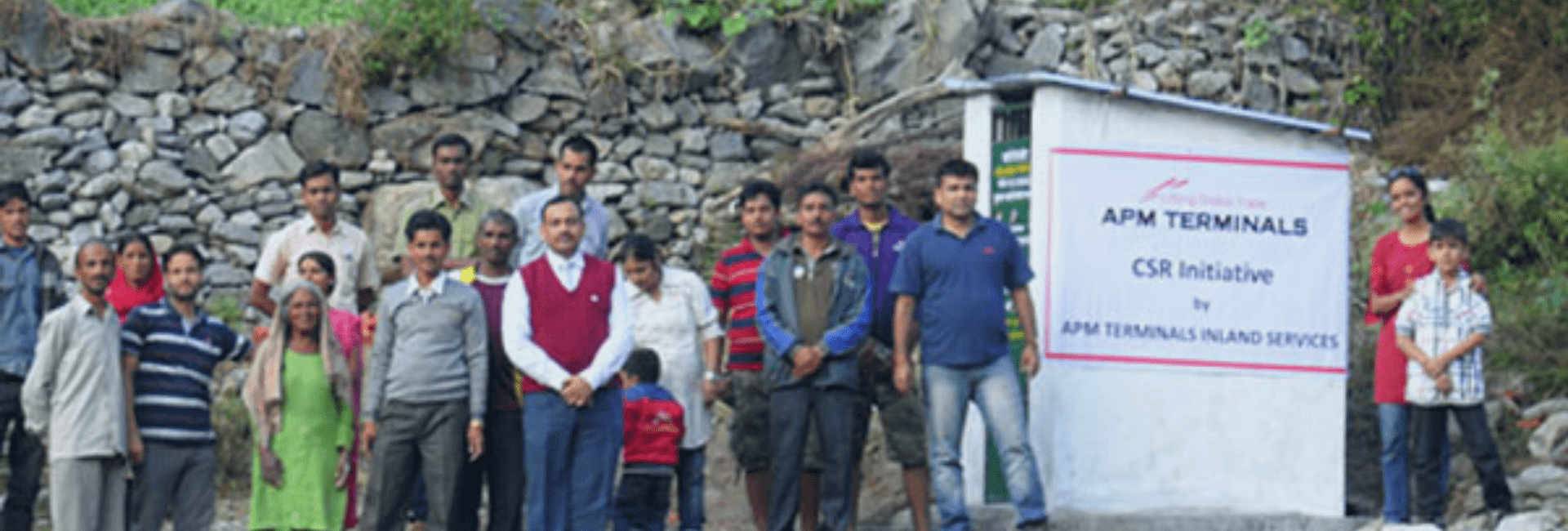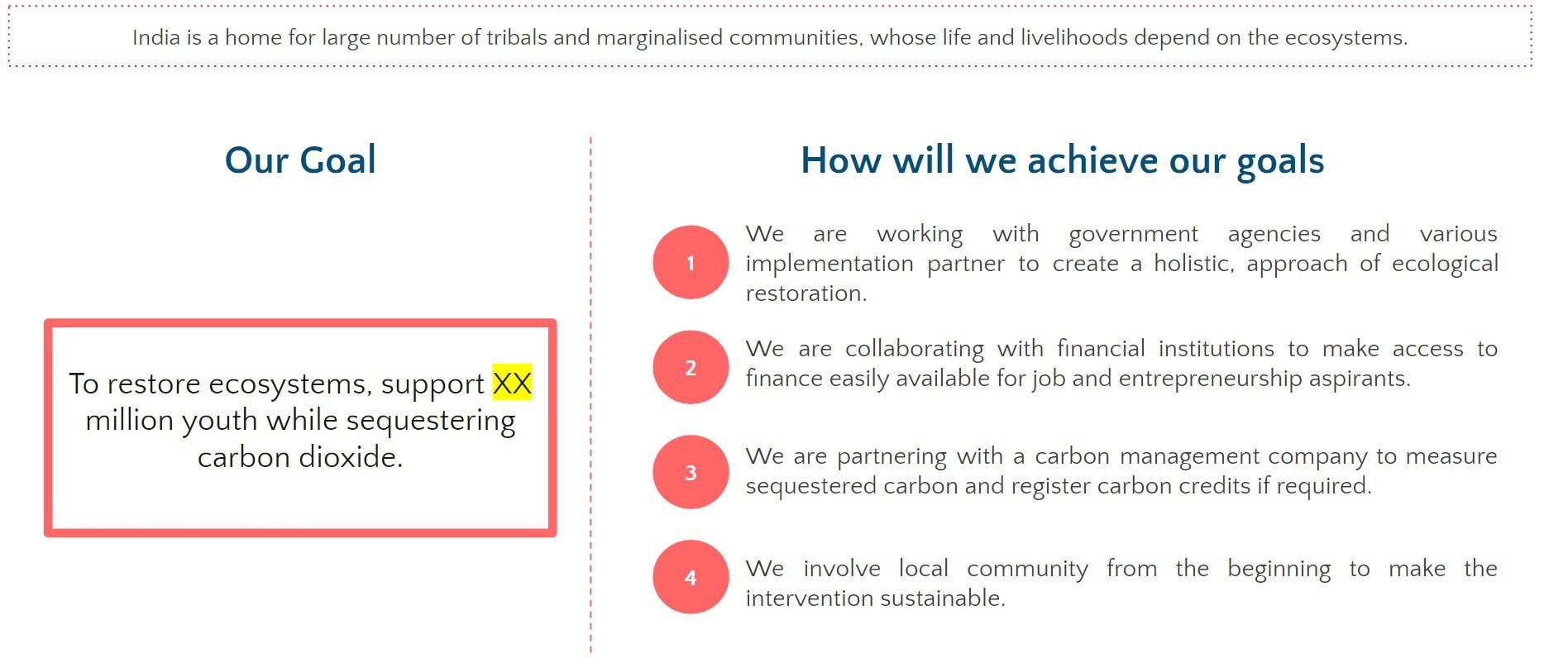VIACOM18 | How to impact through the media lens
In a time where majority stakeholders were concentrating on building infrastructure to achieve the mission of Swachh Bharat Abhiyan, Viacom18 utilized the weapon they knew best – storytelling to create lasting impact in a society that has long been captured by the screen.
The Viacom18 story
With the launch of Swachh Bharat Mission, availability and access to toilets had improved tremendously. But social and behavioural change communication were far from implementation questioning the long-term adoption of infrastructure usage. Lack of sanitation has many rippling effects.

The economic deprivation increases manifold when healthcare expenses and the cost of lost potential due to sickness arising from inadequate sanitation is added.
With the belief that sustained change in behaviour is at the helm of creating long term impact, Viacom18 worked with Samhita to design an intervention that aimed to address the issue of Open Defecation in Mumbai






























































































































